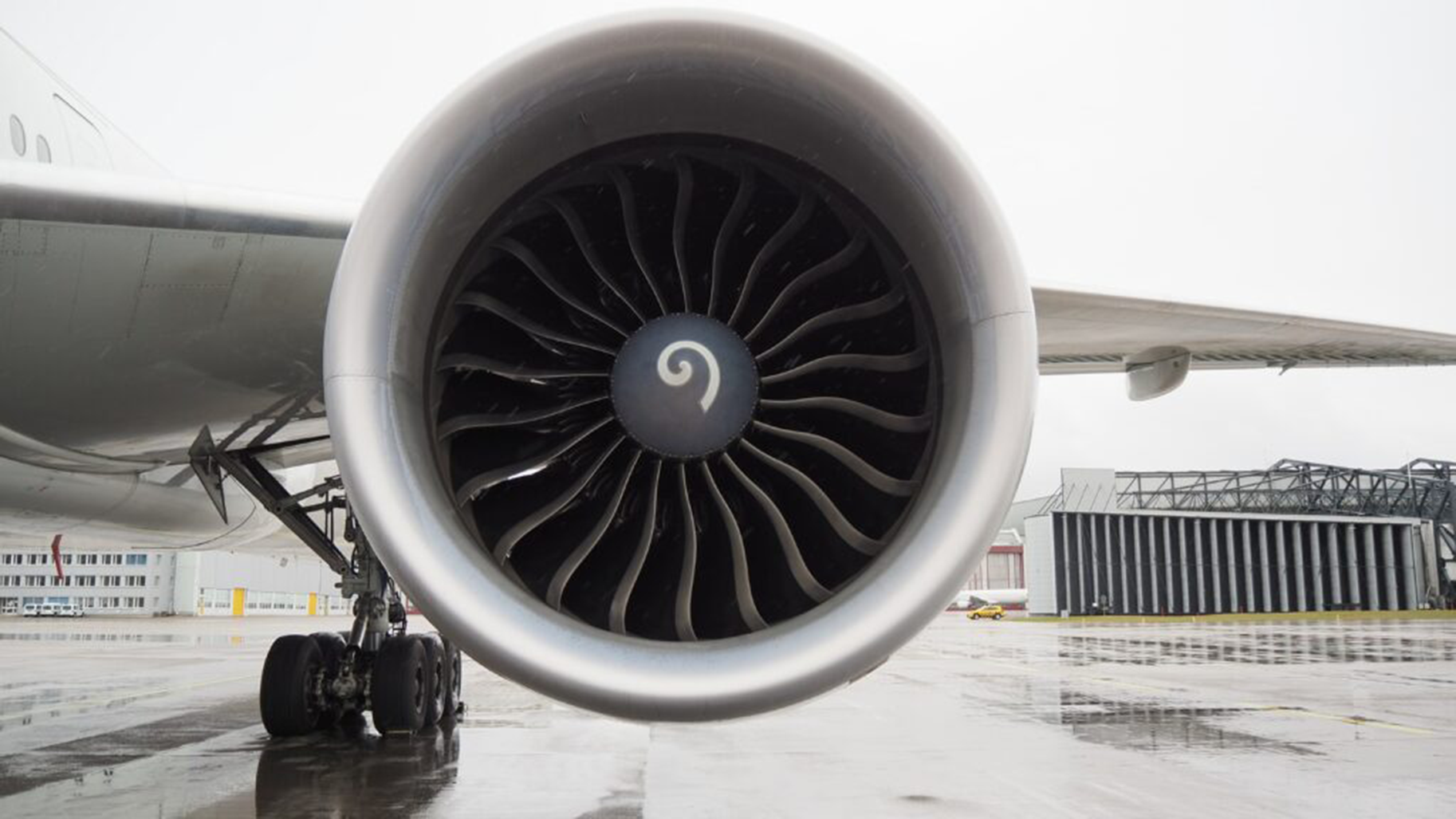Optimizing Mechanical Structures to Suppress Vibration Bifurcations
Date:
Changed on 02/10/2023

October 30, 2015. An AgustaWestland AW609 takes off for a flight test in northern Italy. The aircraft is half-airplane, half- helicopter: a tiltrotor whose engines can switch from one position to the other. That day, the crew is about to test the machine at a higher speed than previously. Suddenly, an oscillation takes hold of the structure. And the machine just breaks down, killing the two pilots.
"This is a typical example of a bifurcation, says Enora Denimal, scientific leader of the No-Bif Exploratory Action and a member of I4S, a a common research team of Inria and Gustave Eiffel University in structural integrity monitoring at Inria. Vibrations are complex phenomena where non-linear dynamics are sometimes encountered. Imagine that, at the input, you have 10 newtons of wind generating 2 mm of vibration amplitude on the structure at the output. So, with 20 newtons of wind, you would expect 4 mm of amplitude. But no! The amplitude will take a different value. And a second vibratory frequency may also come on top of the first one.”
Image

Verbatim
The dynamic response of the system will thus change abruptly. It is this jump phenomenon that we call a bifurcation
Auteur
Poste
Inria researcher - I4S team project
In practice, it is at prototyping stage that manufacturers can observe these behaviors of the structure and work to correct them by going back to the drawing board. The Exploratory Action aims to develop mathematical and numerical methods to predict these bifurcations and control them right from the design phase. In addition to improving safety, this would also allow substantial savings.
The idea is all the more interesting because in certain fields such as aeronautics and wind energy, manufacturers are engaged in a race for performance. This implies increasingly slender parts with ever lower weights. Which is precisely what makes these previously rare bifurcation phenomena pop up.
In the current state of the art, bifurcations remain difficult to predict. “There are times when several solutions do co-exist. The system is on one of these solutions that we can compute. But in order to compute the other scenarios, we must first know that they exist. Generally, however, we don’t.”
The main goal of the project is therefore to propose a methodology that would permit to discover these bifurcations and then impose their placement in terms of frequency and amplitude. “The engineer would be able to say: If the structure vibrates, I want it to happen at 300 Hz and not 200. I want it to vibrate at 2 mm and not at 15.” The design would be modified accordingly.
No-Bif involves three people. Enora Denimal deals with the optimization methods. A researcher at Imperial College London, Ludovic Renson brings his expertise in the computation of bifurcation points. A postdoctoral researcher recruited for the duration of the project, Adrien Melot focuses on the development of a simulator.
The scientists have begun illustrating the methodology with very simple models in order to demonstrate feasibility. “This thing has never been done. At this juncture, the goal is to achieve a proof of concept. In the simulator, we have a very basic beam that we divide into multiple sections for which we change thickness and height to exhibit vibratory behaviors.Later on, we will move toward more realistic and more complex structures.”
Started at the end of 2022, the research has already delivered a first metric on the characterization of the bifurcation points. Ultimately, this will allow to impose their placement in terms of frequency and amplitude. The scientists are currently writing a paper to present this result.
At the exploratory stage, all of this work is simulation-based. “In the longer term, if things pan out as we hope, we will consider experimental validation of these methods. For this, we will need the collaboration of an industrial company. An aeronautical engine manufacturer, for instance.”
Visuel

Titre du lecteur
Know more about No-Bif project with Enora Denimal (french)
Fichier audio
Audio file